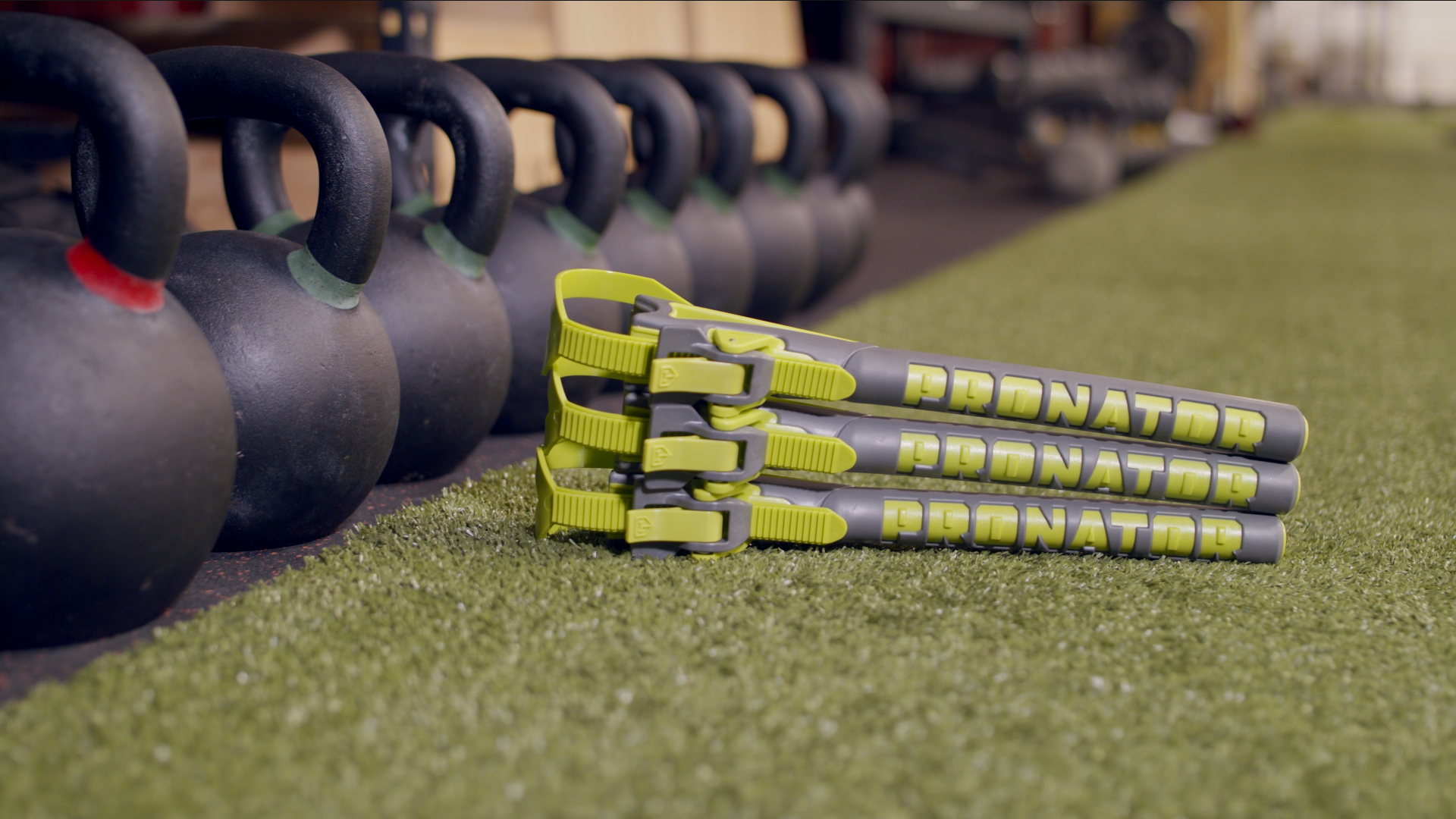Fixing pronator syndrome, a condition where the median nerve is compressed as it passes through the pronator teres muscle in the forearm, requires a multifaceted approach. We will guide you through understanding pronator syndrome, its causes, and various treatment options, including exercises, lifestyle modifications, and professional medical interventions.
Introduction
Pronator syndrome is a nerve entrapment condition affecting the forearm and hand, often causing pain, numbness, and muscle weakness. Unlike carpal tunnel syndrome, which affects the wrist, pronator syndrome occurs in the forearm. This post aims to provide comprehensive insights into effectively addressing this condition.
Understanding Pronator Syndrome
Pronator syndrome involves the compression of the median nerve in the forearm. It’s crucial to understand this syndrome’s symptoms, which can include:
- Pain and tenderness in the forearm
- Numbness or tingling in the hand and fingers
- Difficulty with hand movements and grip strength
Causes of Pronator Syndrome
The condition can be caused by:
- Repetitive forearm and wrist movements
- Direct injury to the forearm
- Anatomical variations that put pressure on the median nerve
- Activities or sports requiring repetitive forearm motion
Non-Surgical Treatment Options
1. Rest and Activity Modification
- Avoid activities that exacerbate symptoms.
- Implement ergonomic changes in your workspace.
2. Physical Therapy
- Engage in exercises that stretch and strengthen the forearm muscles.
- A physical therapist can guide you through specific exercises tailored to your condition.
3. Medication
- Over-the-counter pain relievers like ibuprofen can help reduce pain and inflammation.
4. Splinting
- Wearing a splint or brace can help rest the affected area and reduce nerve compression.

Exercises for Pronator Syndrome
1. Forearm Stretch
- Extend your arm with your palm facing up and gently pull back on your fingers.
- Hold for 15-30 seconds and repeat several times a day.
2. Wrist Flexor Stretch
- Extend your arm with your palm facing down and gently pull back on your hand.
- Hold for 15-30 seconds, repeating several times daily.
3. Tennis Ball Squeeze
- Squeeze a tennis ball in your hand and hold for a few seconds.
- Repeat 10-15 times for each hand.
4. Wrist Curls
- Using a light dumbbell, sit with your forearm on your thigh and curl the weight towards your forearm.
- Do 3 sets of 10-15 reps for each arm.
When to Seek Professional Help
If symptoms persist despite home treatment, it’s important to consult a healthcare professional. They can offer:
- Diagnosis: Confirm the diagnosis of pronator syndrome.
- Advanced Treatment Options: Including corticosteroid injections or other medications.
- Referral to a Specialist: Such as an orthopedic surgeon or neurologist.
Surgical Treatments
In cases where non-surgical treatments don’t provide relief, surgery might be recommended. Surgical options include:
- Decompression Surgery: To relieve pressure on the median nerve.
- Transposition Surgery: To reposition the nerve to prevent compression.
Lifestyle Modifications
Making changes to your daily routine can help manage and prevent symptoms:
- Ergonomic Workspace: Arrange your workspace to minimize strain on your forearm.
- Frequent Breaks: Take regular breaks from activities that involve repetitive forearm movements.
- Use of Assistive Devices: Such as ergonomic keyboards or mouse pads.
Alternative Therapies
Some individuals find relief through alternative therapies such as:
- Acupuncture: Can help in pain management and improve nerve function.
- Massage Therapy: To relieve muscle tension and improve circulation.
Coping Strategies and Support
Living with pronator syndrome can be challenging. Consider:
- Joining Support Groups: Connect with others who understand what you’re going through.
- Stress Management Techniques: Like meditation or yoga, to help manage pain and improve mental well-being.
Nutritional Considerations
A balanced diet rich in anti-inflammatory foods can support healing:
- Omega-3 Fatty Acids: Found in fish, flaxseeds, and walnuts.
- Fruits and Vegetables: Rich in antioxidants and vitamins.
Final Thoughts
Pronator syndrome can be a debilitating condition, but with the right approach, it’s manageable. Start with non-invasive treatments like rest, exercises, and ergonomic adjustments. If symptoms persist, seek medical advice for more advanced treatments. Remember, early intervention can lead to better outcomes and faster recovery.



